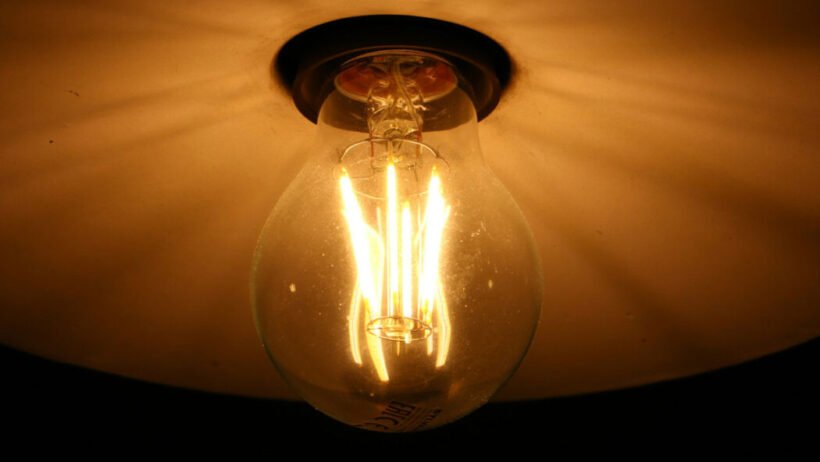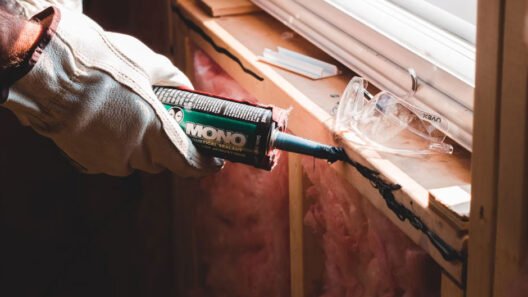With energy costs on the rise, homeowners are increasingly searching for viable ways to manage their power usage effectively. It’s easy to feel overwhelmed by escalating bills and the environmental concerns tied to traditional energy sources. Fortunately, smart home technologies offer concrete solutions that can help cut costs without compromising on comfort.
Why Energy Management Matters
Most households are familiar with the uncomfortable pinch that comes with high utility bills. But beyond the financial implications, inefficient energy usage can lead to excessive waste that strains the environment.
By focusing on energy management, homeowners can not only slash their expenses but also contribute to a more sustainable future. Reducing energy wastage is not just a benefit to the wallet; it’s an investment in environmental health.
Incorporating energy-smart habits into daily routines can also amplify the impact of energy management efforts. Simple actions like turning off lights when leaving a room or unplugging devices that are not in use can compound savings over time. These small, conscientious choices contribute to a broader culture of conservation within the household.
Choosing Smart Thermostats
Smart thermostats have changed the way we think about home temperature control. Unlike traditional thermostats, smart versions can learn your schedule, preferences, and household patterns to optimize heating and cooling.
These devices automatically adjust settings when nobody is home, reducing energy costs significantly. They also provide remote access, allowing users to change the temperature from afar. As homeowners become more aware of the intricacies of climate control, they’re finding that these devices are not just a luxury but a necessity in managing expenses.
Beyond immediate energy savings, smart thermostats also contribute to prolonging the life of HVAC systems by encouraging optimal operation settings. This means fewer repair expenses and extended equipment lifespans, which translates to fewer replacements and, ultimately, greater financial savings.
Harnessing Renewable Energy
With technology becoming more readily accessible, homeowners are now, more than ever, considering renewable energy sources such as solar panels to power their homes. These systems allow individuals to convert sunlight into electricity, offsetting a substantial portion of energy costs.
If you’re addressing water heating efficiency, consulting the best HVAC company in Chicago – King Heating, gives you access to hot water heater experts who can provide insight into selecting eco-friendly and cost-effective water heating solutions. This step pairs well with investing in renewable energy, as both aim to maximize energy-saving potential.
Adopting renewable energy sources signifies more than a shift to cleaner power; it reduces dependence on traditional, often costlier sources. Although the initial investment might be considerable, the long-term benefits—which include lower energy bills and potential tax incentives—make this option worthy of consideration.
In addition, government initiatives and incentives often make investing in renewable energy more attractive. Exploring local policies can yield opportunities for rebates and financial support that help lighten upfront costs, enabling more homeowners to adopt this eco-friendly solution.
Smart Lighting Solutions
Lighting often deserves more attention than it gets when it comes to cutting home energy expenses. Switching to LED bulbs, known for their efficiency and longevity, can reduce consumption quickly and effectively.
In addition, integrating smart lighting systems can help further manage energy use. With features like motion detection and programmable schedules, homeowners can ensure lights are only on when needed, eliminating wastage without sacrificing coverage or convenience.
Another advantage of smart lighting systems is their ability to create customized lighting environments suited to different moods or activities. This flexibility not only enhances household comfort but also optimizes energy use by tailoring brightness and color temperature to specific needs.
Investing in Energy-Efficient Appliances
The range of appliances now available ensures consumers have better choices when buying energy-efficient devices. From refrigerators to washing machines and dishwashers, opting for appliances with superior energy ratings can lead to noticeable savings.
Energy-efficient appliances use less power to achieve the same outcomes as their conventional counterparts. While they may come with high initial costs, the ongoing savings provided by reduced energy consumption make them an excellent long-term investment.
Alongside energy-saving features, many modern appliances come equipped with smart connectivity options, allowing users to track energy consumption habits more precisely. This added level of awareness can illuminate additional areas for improvement, further aiding the goal to reduce energy expenses.
Embracing Energy Audits
An often overlooked yet paramount step in energy management is conducting a thorough home energy audit. This process identifies areas within the home where energy might be escaping—through poorly insulated walls or inefficient window designs, for instance—so they can be promptly redressed.
Carrying out an audit provides invaluable insight, guiding homeowners on where to focus their efforts and investments to achieve tangible savings. Such assessments can be done professionally or through available online resources.
Conclusion
Proactively managing home energy costs is not only wise but practical. As homeowners strive for economic and ecological stability, smart solutions offer a clear pathway to achieving these goals. By adopting energy-efficient technologies, rethinking lighting, utilizing smart thermostats, and because of executing a comprehensive energy audit, homes can operate more effectively and sustainably.
Ultimately, these changes empower individuals to take charge of their energy usage, heralding a new era of responsible home ownership where savings and sustainability go hand in hand.








